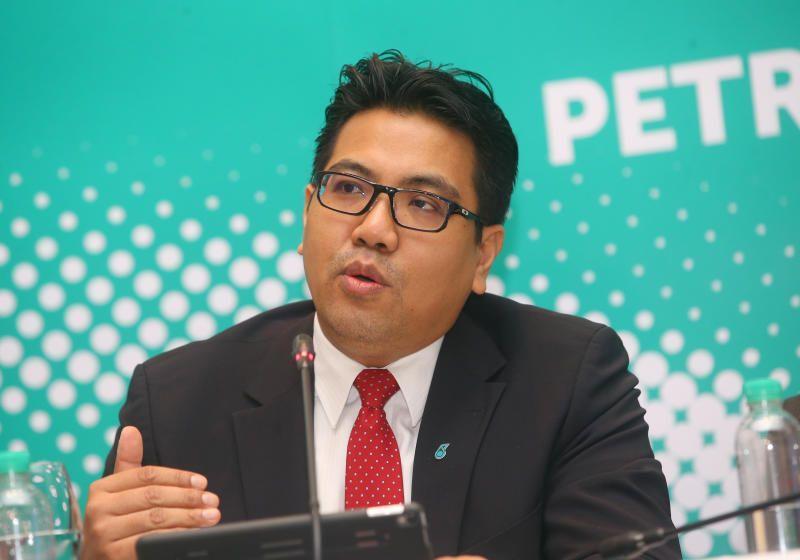
Malaysia’s national energy company Petronas is considering selling some of its oil assets to bolster its finances as the federal government seeks a bigger dividend and to help streamline its business for the energy transition. Overseas assets in Africa, Middle East and Southeast Asia could be put up for sale.
Petronas has come under increasing pressure to pay bigger dividends to its shareholder – the federal government – since 2018. Amid the pandemic last year, Petronas was even forced to pay out more than it earned to the government.
During the release of its financial results last Friday, Petronas announced an additional RM7 billion ($1.68 billion) dividend payment to the government, requested in July, bringing a total contribution of RM25 billion for the financial year ending December 31, 2021. It previously approved RM18 billion for the full year 2021.
Petronas has been consistently paying additional dividends to the government since 2018, despite challenging conditions for producers given the weaker oil price environment and the need to invest more in renewable energy, Dr Renato Lima de Oliveira, ISEAS senior fellow and Kuala Lumpur-based professor at the Asia School of Business, told The Edge.
This trend, if continued, is unsustainable and has led to negative results for other national oil companies (NOCs) in the past, warned Oliveira.
Of course, the positive short-term outlook for crude oil prices will help cushion the extra dividend commitments. But Petronas chief executive Tengku Muhammad Taufik is a contrarian and does not believe oil prices will sustain high levels around $80 per barrel as many analysts predict.
Still, The Edge reported that Taufik is prepared to assist the government’s need for additional funds. This comes as no surprise. Taufik was appointed to the top job in July 2020 because he was widely seen as willing to bend to the government’s will. His financial background – he was previously chief financial officer at Petronas – was a plus too.
But as a finance man, Taufik knows there could be challenging periods ahead, particularly as Petronas’ new energy ventures, which include hydrogen, solar and wind, will take time to be successful. He will also be acutely aware that external financiers and credit rating agencies will be watching Petronas closely.
Upstream oil and gas divestments
Consequently, Petronas is considering divesting some of its producing oil and gas assets, particularly marginal upstream fields.
While Taufik is “tight-lipped about which assets the national oil company may end up selling, the likelihood is that it will divest dome of its oil-producing assets which are not preforming up to the mark,” reported The Edge.
Petronas have let go of minor stakes in mature assets in Malaysia in the last couple of months, allowing smaller companies to come in and give those late-life assets more attention – “it’s possible we’ll see more of these smaller divestments, but they won’t move the needle from a value or production perspective,” an Asia-focused upstream specialist told Energy Voice.
Jadestone Energy, Rex International, as well as POSCO, have all won or acquired acreage in recent months as new entrants. Hibiscus has also added to its Malaysian portfolio with its Repsol acquisition.
Petronas recently signaled it would not be bidding for more acreage in South Sudan. This indicates Petronas no longer sees potential for it to expand its position there. Petronas also tried to exit Vietnam a few years back, so it might be looking to have another go at that, added the upstream specialist.
“The liquids share in Petronas’ global portfolio production (excluding Malaysia and MTJDA) is around 60% compared to just 30% from the production in Malaysia and MTJDA. So indeed with plans to exit challenging oil producing assets, we can expect the list to be dominated by assets held outside Malaysia,” Prateek Pandey, vice president analysis at Rystad told Energy Voice.
“Most of its oil production from global assets is from its portfolio held in Iraq and South Sudan. Looking at the oil production outlook, the volumes from assets located in Vietnam, Chad, Gabon, Iraq and South Sudan are likely to be challenging for the Malaysian NOC,” added Pandey.
“Since 2020, Petronas was looking to offload its 45% operating stake in Gharraf oilfield in Iraq and is also considering an option to sell its 35% stake in Chad assets, which ExxonMobil also plans to exit. For the Iraq block, lower oil prices, returns, bureaucratic hurdles and insecurity are touted to be reasons for exit,” said Pandey.
For now, Petronas is back in the black. For the first half 2021, the NOC posted a profit of RM18.9 billion compared to the RM16.5 billion loss it reported over the same period last year.
Revenue for the first half 2021 was up 17% to RM109.6 billion, largely due to stronger oil prices and higher sales volume for liquefied natural gas (LNG) and gas sales.
